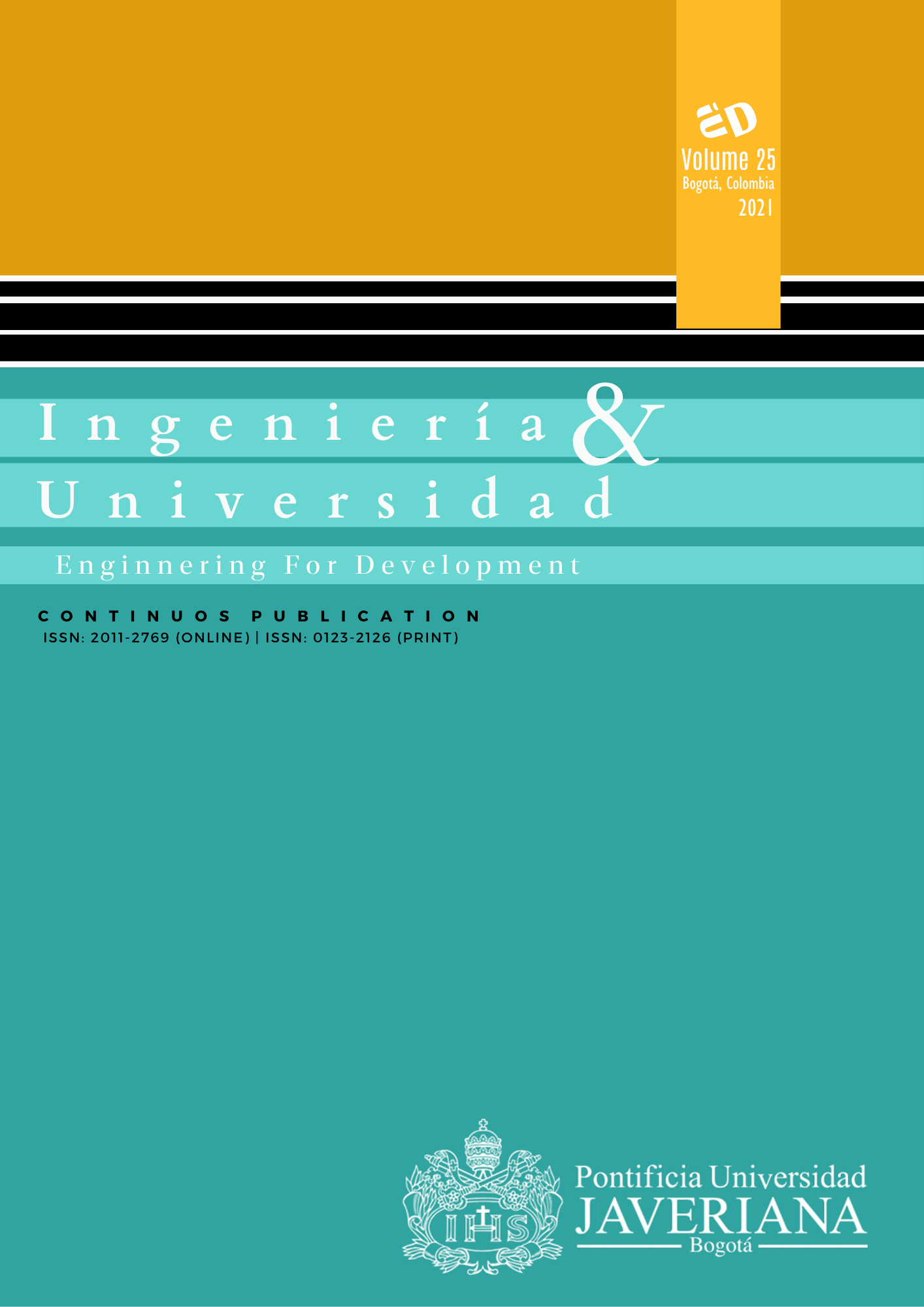Abstract
The objective of this paper is to extend into the OpenAirInterface platform the Coordinated Scheduling (CS) technique to allocate resource blocks among User Equipment (UE) in a wisely way and to control the energy efficiency, the throughput, and the inter-cell interference for Cloud Radio Access Networks (C-RANs). It is achieved by modifying the OpenAirInterface scheduler code, increasing the Remote Radio Unit (RRU) scalability, and employing some component carriers of the Radio Cloud Center (RCC), each one them with one or more UEs. The hardware utilized is composed of general-purpose processors and fast Ethernet transport ports, and the software is recent frequency-domain methodologies in a software-only environment where the use of radio units are not required. However, the USRP B200 mini-i radio unit and the UE (Samsung Galaxy S8) were considered only for validation purposes. The emulations using frequency-domain methodologies, compatible with fourth and fifth-generation cellular systems, allowed real-time emulations and reduced 10-fold the multipath channel’s signal processing complexity compared to time-domain methodologies. The results show we can emulate a real-time static coordinated scheduling proof-of-concept for one C-RAN composed of one RCC, three RRUs, and three UEs. In the end, it is evaluated the reproducibility and the scalability of synthetic networks composed of one RRU and at least one UE, without using software-defined radio units, reducing prototyping uncertainties of the physical hardware and the total price of the experiment.
F. Kaltenberger, G. de Souza, R. Knopp, and H. Wang, “The OpenAirInterface 5G New Radio Implementation: Current Status and Roadmap,” WSA 2019, 23rd Int. ITG Work. Smart Antennas, pp. 134–138, 2019. Available: https://5genesis.eu/wp-content/uploads/2019/04/The-OpenAirInterface-5G-New-Radio-Implementation_Current-status-and-roadmap.pdf
J. Huang, Y. Yuan, and S. Ma, “5G Mobile Communications,”Springer, pp. 431–455, 2017. https://doi.org/10.1007/978-3-319-34208-5_16
I. Chih-Lin, J. Huang, R. Duan, C. Cui, J. Jiang, and L. Li, “Recent progress on C-RAN centralization and cloudification,” IEEE Access, vol. 2, pp. 1030–1039, 2014. doi:10.1109/ACCESS.2014.2351411
M. Peng, Y. Sun, X. Li, Z. Mao, and C. Wang, “Recent advances in cloud radio access networks: System architectures, key techniques, and open issues,” IEEE Commun. Surv. Tutorials, vol. 18, no. 3, pp. 2282–2308, 2016. Available: https://arxiv.org/pdf/1604.00607.pdf
J. Acharya, L. Gao, and S. Gaur, Heterogeneous networks in LTE-Advanced. West Sussex: Wiley, 2014.
M. Peng, T. Q. S. Quek, G. Mao, Z. Ding, R. Knopp, and C. Wang, “Artificial-intelligence-driven fog radio access networks: Recent advances and future trends,” IEEE Wirel. Commun., vol. 27, no. 2, pp. 12–13, 2020.
N. Nikaein et al., “OpenAirInterface: A flexible platform for 5G research,” vol. 44, no. 5, pp. 33–38, 2014. Available: http://www.sigcomm.org/sites/default/files/ccr/papers/2014/October/0000000-0000004.pdf
OpenAirInterface, “OpenAirInterface: 5G software alliance for democratising wireless innovation,” 2020. Available: https://openairinterface.org
N. Iardella et al., “Coordinated scheduling in a Virtual-RAN prototype with OpenAirInterface,” June, 2016. Available: http://www.iet.unipi.it/g.stea/papers/EuCNC_2016.pdf
N. Iardella et al., “Flexible dynamic coordinated scheduling in virtual-RAN deployments,” 2017 IEEE Int. Conf. Commun. Work. ICC Work. 2017, no. 2, pp. 126–131. Available: http://pages.di.unipi.it/frangio/papers/IEEEICC2017.pdf
A. M. Alba, A. Basta, J. H. G. Velásquez, and W. Kellerer, “A realistic coordinated scheduling scheme for the next-generation RAN,” in 2018 IEEE Global Comm. Conf., GLOBECOM 2018, Proc.
Fujitsu, “Activity of FUJITSU in OAI,” 2017. Available: https://www.openairinterface.org/docs/workshop/3_OAI_Workshop_20170427/plenary/Yuko_Akiyama_-_Activity_of_FUJITSU_in_OAI.pdf
Mosaic5G, Leveraging an Ecosystem of 5G Services, 2019 [Online]. Available: http://mosaic-5g.io/resources/mosaic5g_flexran.pdf. Accessed on: September 22, 2019].
L. M. P. Larsen, A. Checko, and H. L. Christiansen, “A survey of the functional splits proposed for 5G mobile crosshaul networks,” IEEE Commun. Surv. Tutorials, vol. 21, no. 1, pp. 146–172, 2019. doi: 10.1109/COMST.2018.2868805
C. Cox, An introduction to LTE. LTE, LTE-Advanced, SAE and 4G Mobile Communications, Second ed. Wiley, 2014.
A. Virdis, N. Iardella, G. Stea, and D. Sabella, “Performance analysis of OpenAirInterface system emulation,” Proc. 2015 Int. Conf. Futur. Internet Things Cloud, FiCloud 2015, Int. Conf. Open Big Data, OBD 2015, pp. 662–669.
L. Ariza, R. Knopp, and J. Eslava, “Real-time emulation methodologies for centralized radio access networks,” 2019 IEEE 20th Int. Work. Signal Process. Adv. Wirel. Commun., pp. 1–5, 2019.
L. Ariza, “Master_large_scale_emulations repository,” 2019 [Online]. Available: https://gitlab.eurecom.fr/oai/openairinterface5g/tree/master_large_scale_emulations. Accessed on: September 22, 2019.
R. Knopp, “Some preliminaries,” 2020 [Online]. Available: https://gitlab.eurecom.fr/oai/openairinterface5g/-/blob/develop/targets/DOCS/oai_L1_L2_procedures.pdf. Accessed on: June 23, 2020.
J. Dugan, E. Seth, A. M. Bruce, J. Poskanzer, and P. Kaustubh, “iPerf: The ultimate speed test tool for TCP, UDP, and SCTP,” 2019. Available: https://iperf.fr/.

This work is licensed under a Creative Commons Attribution 4.0 International License.
Copyright (c) 2021 Luis Felipe Ariza-Vesga, PhD, Johan Sebastian Eslava-Garzon, PhD



